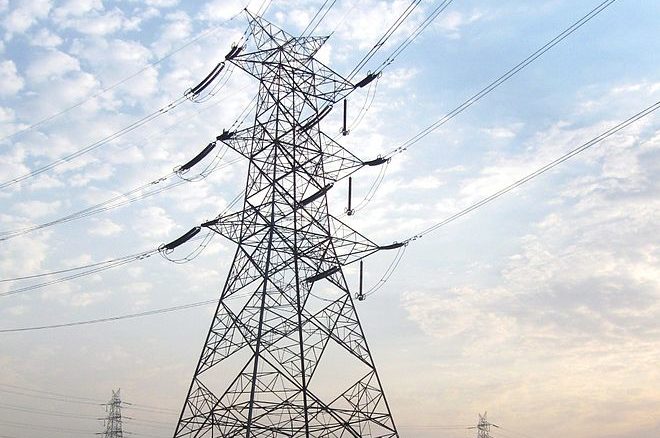Feeder segregation requires double the number of rural feeders with substation bays, circuit breakers, right-of-way width, poles, cross arms, insulators, air-break switches, distribution transformers and low-tension (LT) distribution networks to serve the same number of consumers.
In fact, it implies a duplication of the whole rural electricity distribution system. This comes not only with a high capital cost but also with a significant increase in operating costs.
Imagine a consumer who needs an electrical connection for a workshop, shop, or residence and is located very close to an agricultural feeder. For this consumer, a separate non-agricultural high-tension (HT) feeder, transformer, and LT line will have to be drawn to maintain ‘feeder segregation’.
Eventually, ‘exceptions’ to the feeder segregation will be made under pressure from consumers.
Electrical agricultural service connections located close to non-agricultural lines will be connected to these lines, and non-agricultural consumers will be connected to nearby agricultural feeders. Back to square one but with double the rural electrical distribution infrastructure to maintain!
For the solarization of agriculture, there is no need for feeder segregation. Solar PV systems can, and should as much as possible, be connected to mixed-use rural feeders (agriculture and non-agriculture). This will result in the same electricity supply cost reductions as what can be achieved with dedicated agricultural feeders, but without the additional capital and maintenance costs. In fact, it will be more effective as there will be less distribution losses. The probability of locally produced solar energy getting consumed close to the solar PV system is much higher with a mixed load feeder.
A feeder used exclusively for agriculture will be idle for many hours in the day, especially during night time hours, and many days in the year. When it rains, the feeder will not have any load as the farmer does not need to pump water for irrigation. In this case, the solar energy generated at the agricultural feeder will flow all the way to the substation and find its way to loads of other outgoing feeders or the incoming EHT substation feeder (e.g. 110KV).
The idea of introducing separate agricultural feeders seems to be driven by the following concerns and issues:
- The absence of electricity meters at most agricultural service connections, resulting in a lack of reliable electricity consumption data for agriculture. With a dedicated agricultural feeder, you can do feeder-wise energy metering;
- Load shedding of agricultural loads without affecting other rural consumers;
- Reduction of commercial losses to the utilities on account of free electricity supply to agricultural consumers.
There are certainly more cost-effective and appropriate solutions to address these issues than capital-intensive feeder separation. These alternative solutions may include energy metering at the distribution transformer level and the running of demand response program for agriculture to reduce load shedding.
The root cause, free power supply to agriculture and its impact on Discoms, is not addressed. This then justifies load shedding; load shedding justifies separate feeders, and separate feeders justify even more load shedding.
Agricultural consumers deserve a better deal. The root cause can be addressed by ensuring that the State Governments compensate Discoms for the actual cost of electrical energy that they deliver to agricultural consumers and incentivize farmers to minimize electricity (and water) consumption. The components A and C of PM KUSUM programs also contribute to addressing these issues, but no feeder segregation is required for these programs to work.
The views and opinions expressed in this article are the author’s own, and do not necessarily reflect those held by pv magazine.
This content is protected by copyright and may not be reused. If you want to cooperate with us and would like to reuse some of our content, please contact: editors@pv-magazine.com.








By submitting this form you agree to pv magazine using your data for the purposes of publishing your comment.
Your personal data will only be disclosed or otherwise transmitted to third parties for the purposes of spam filtering or if this is necessary for technical maintenance of the website. Any other transfer to third parties will not take place unless this is justified on the basis of applicable data protection regulations or if pv magazine is legally obliged to do so.
You may revoke this consent at any time with effect for the future, in which case your personal data will be deleted immediately. Otherwise, your data will be deleted if pv magazine has processed your request or the purpose of data storage is fulfilled.
Further information on data privacy can be found in our Data Protection Policy.